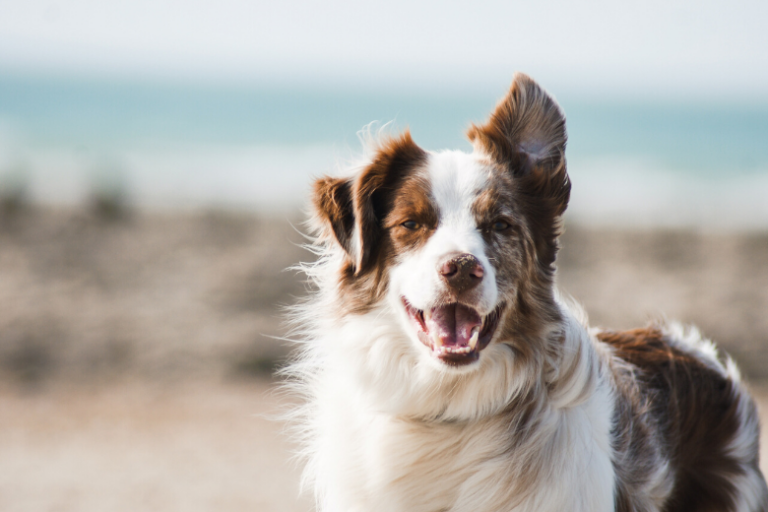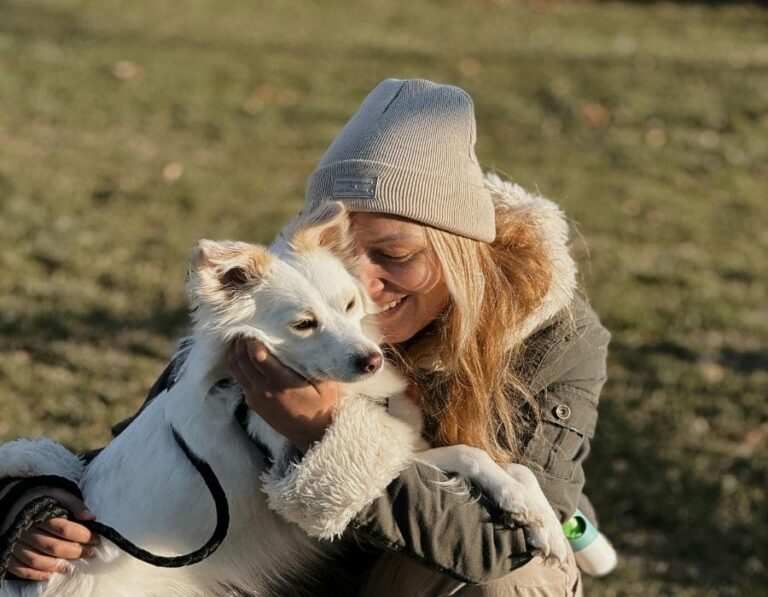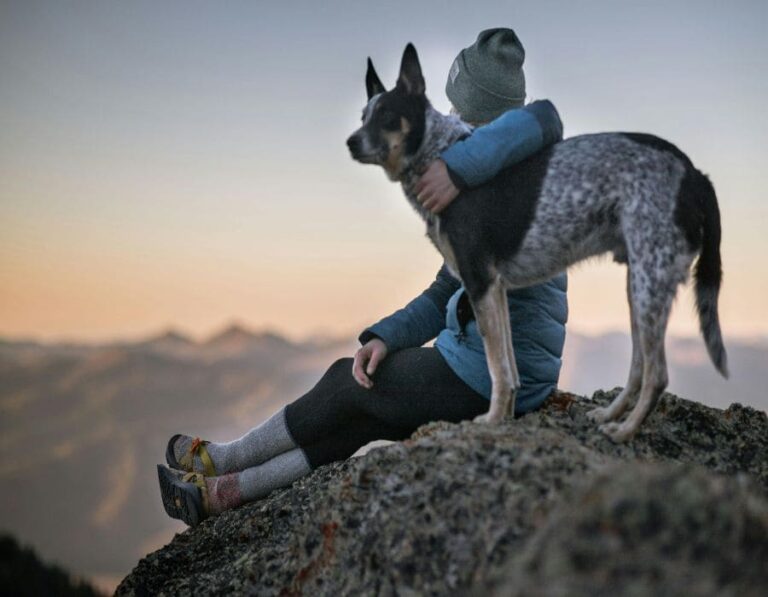11 Silent Ways Your Dog Is Trying to Communicate
Dogs have mastered the art of saying everything without uttering a sound. Their sophisticated system of non-verbal cues and signals goes far deeper than most humans realize. While barks and growls certainly play their part, it’s in the subtle realm of body language where dogs truly shine as communicators.
The complexity of canine non-verbal communication has evolved over millennia of domestication and social development. Recent behavioral studies have uncovered an intricate world of physical gestures, facial expressions, and postural signals that dogs use to express themselves to both humans and other canines. Here’s a deep dive into the fascinating ways dogs communicate without making a peep:
1. Tail Talk: More Than Just Happy Wagging
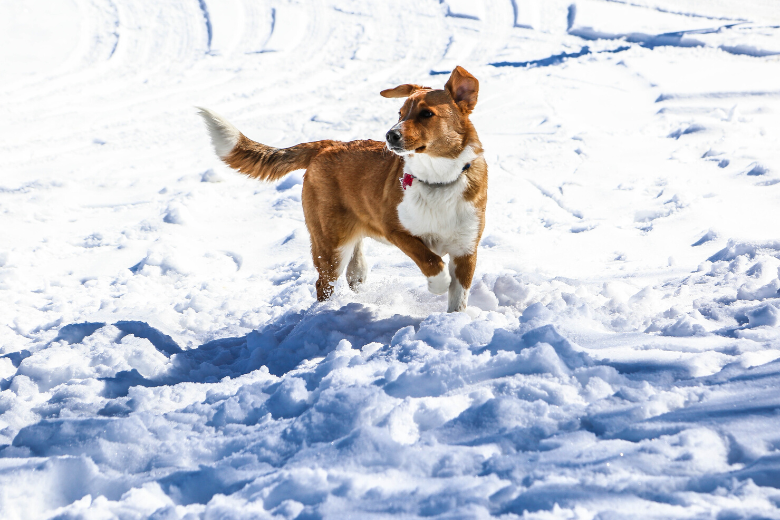
Everyone knows a wagging tail means a happy dog, right? Not exactly. The position, direction, and intensity of tail movement create a complex language all their own. A tail held high shows confidence or maybe aggression. Horizontal? The dog’s paying attention to something interesting. And that famous tucked-between-the-legs position? Classic fear or submission. But here’s where it gets really interesting: studies show that the direction of the wag matters. Right-sided wagging typically signals positive emotions, while left-sided wagging suggests uncertainty or negativity. Dogs are basically walking emotional compasses.
2. The Face Tells All
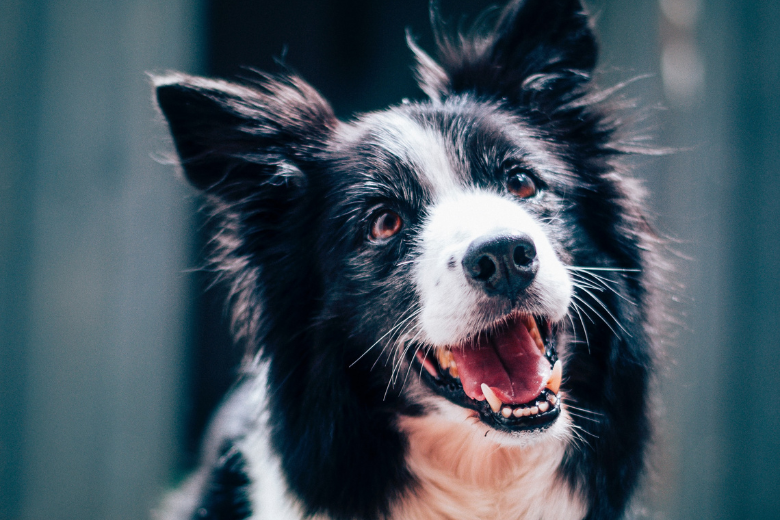
Dogs have developed an impressive array of facial micro-expressions that would put some poker players to shame. Those puppy dog eyes? Not just cute – they’re the result of specific facial muscles that evolved specifically for communicating with humans. Raised eyebrows, tightened eye muscles, ear positions, mouth tension – it’s all part of an intricate system of emotional expression. The next time a dog gives that guilty look after raiding the trash, remember: they’ve got facial muscles specifically designed for manipulation.
3. Eye Contact: The Window to the Soul
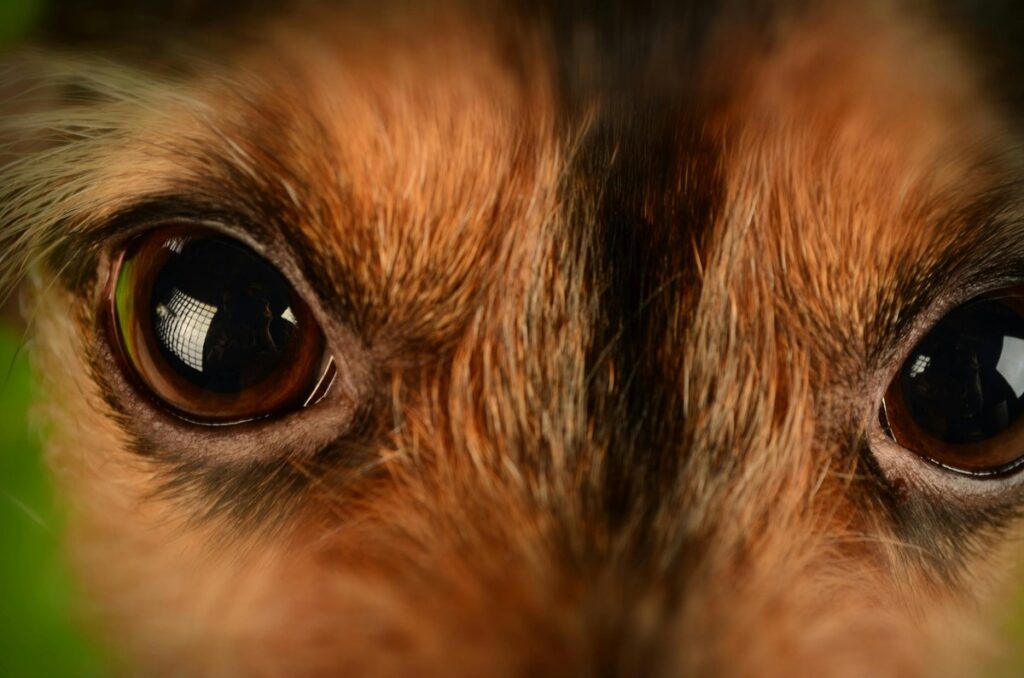
In the canine world, eye contact is serious business. A soft, relaxed gaze shows trust and comfort. Direct, intense staring? That’s either a challenge or a threat. Dogs often use “calming signals” like looking away or slow blinking to keep the peace. Fascinating fact: when dogs and their humans share sustained eye contact, both species experience a surge of oxytocin. It’s basically a biochemical love letter.
4. Body Language Basics

A dog’s posture speaks volumes about their emotional state. Standing tall and leaning forward? Confident and interested. Crouching low? Submissive or scared. Those raised hackles along the spine might mean excitement, fear, or arousal – context is everything. Even subtle weight shifts tell a story. Dogs are essentially four-legged mood rings, their bodies constantly broadcasting their emotional state.
5. Stress Signals and Displacement Behaviors
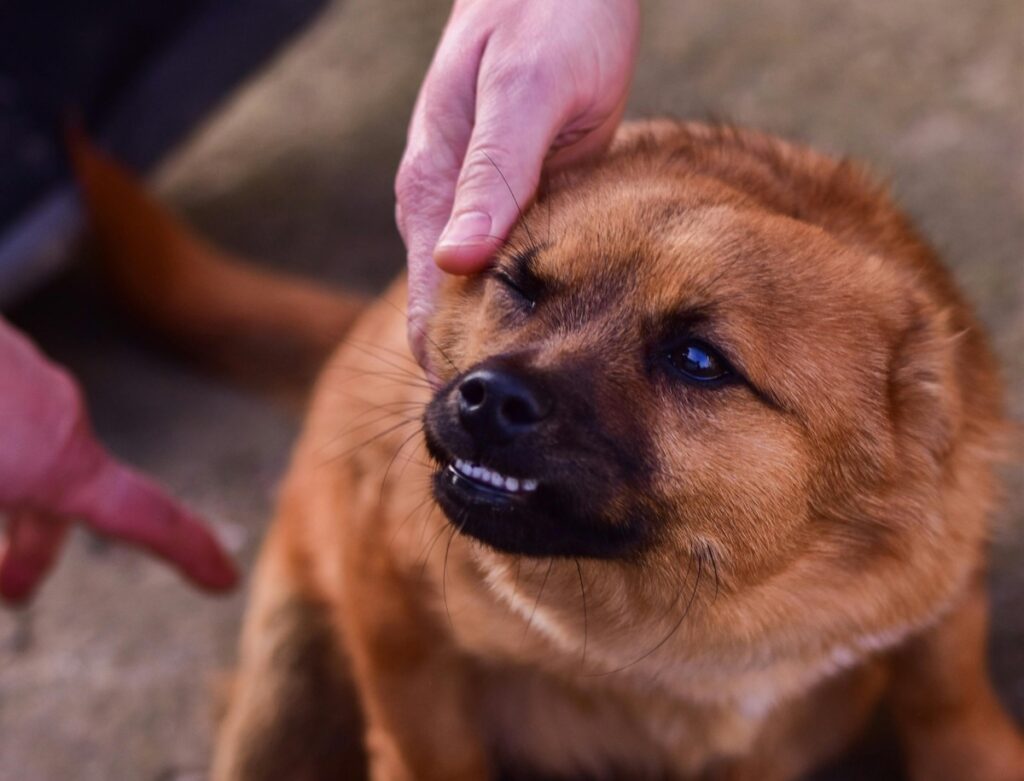
Sometimes dogs act weird for a reason. Random scratching when nothing’s itchy? Sudden intense interest in sniffing absolutely nothing? Yawning during non-sleepy times? These aren’t random behaviors – they’re displacement activities that signal stress or internal conflict. Think of it as the canine equivalent of nervous fidgeting.
6. The Universal Play Bow
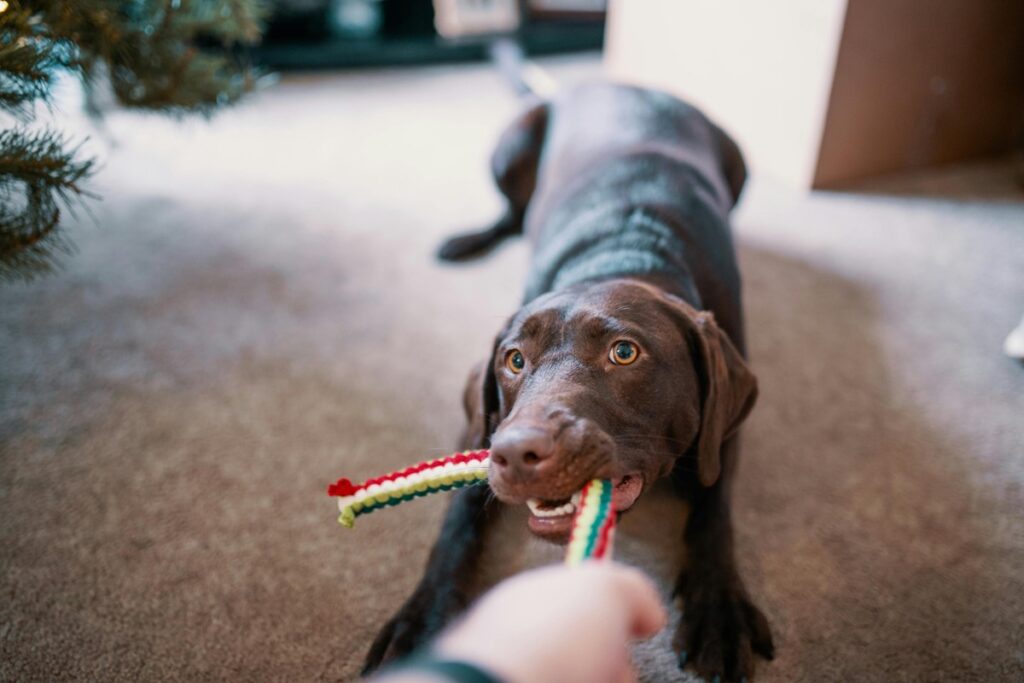
The play bow might be the most universally understood signal in the dog world. Front end down, rear end up, usually accompanied by a goofy expression – it’s the canine way of saying “everything that follows is all in good fun.” This position transcends breed, size, and even species barriers. It’s basically the diplomatic passport of dog body language.
7. Ears: The Emotional Antenna
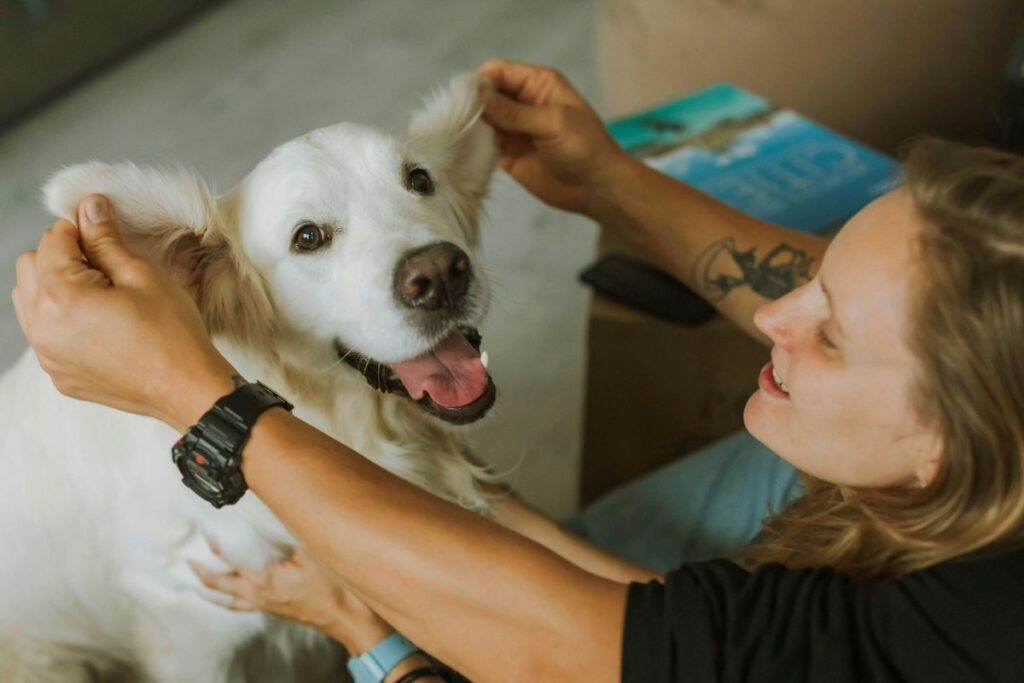
A dog’s ears work overtime in the communication department. Forward-facing ears show interest or attention. Pulled back? Could be submission, could be fear. The range of motion in canine ears allows for incredibly nuanced expression. Some breeds might be limited by ear shape, but they all work with what they’ve got.
8. Mouth Matters
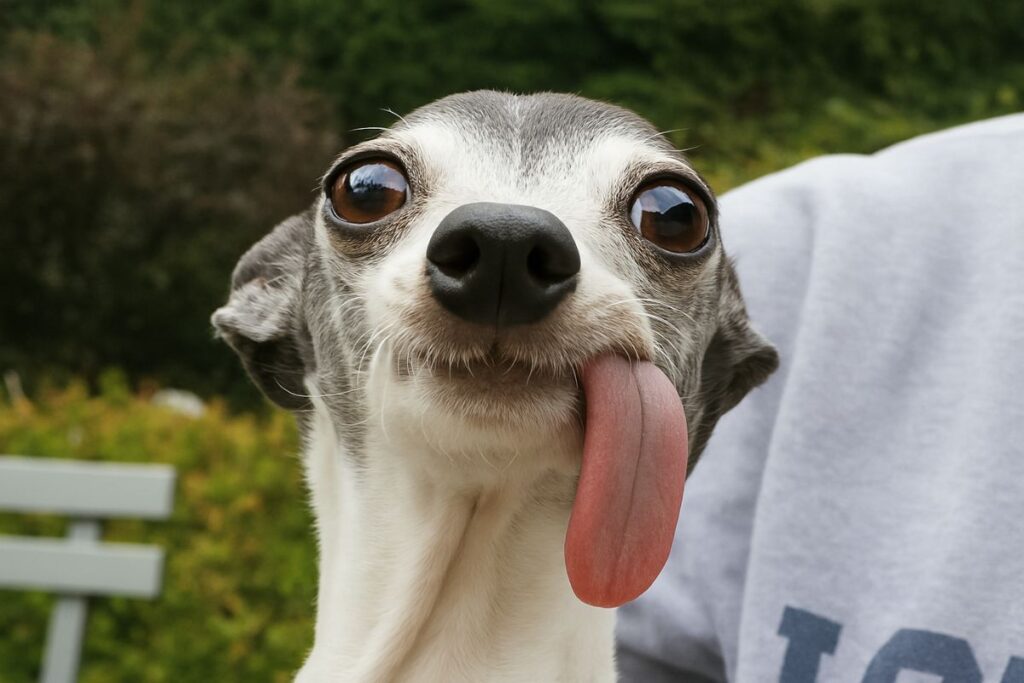
The configuration of a dog’s mouth reveals more than just their dental health. A relaxed, slightly open mouth generally indicates comfort. Tight lips? Something’s up. That weird lip-licking thing when there’s no food around? Classic anxiety signal. And showing teeth can mean anything from submission to aggression – it’s all about the context and accompanying signals.
9. Personal Space Politics
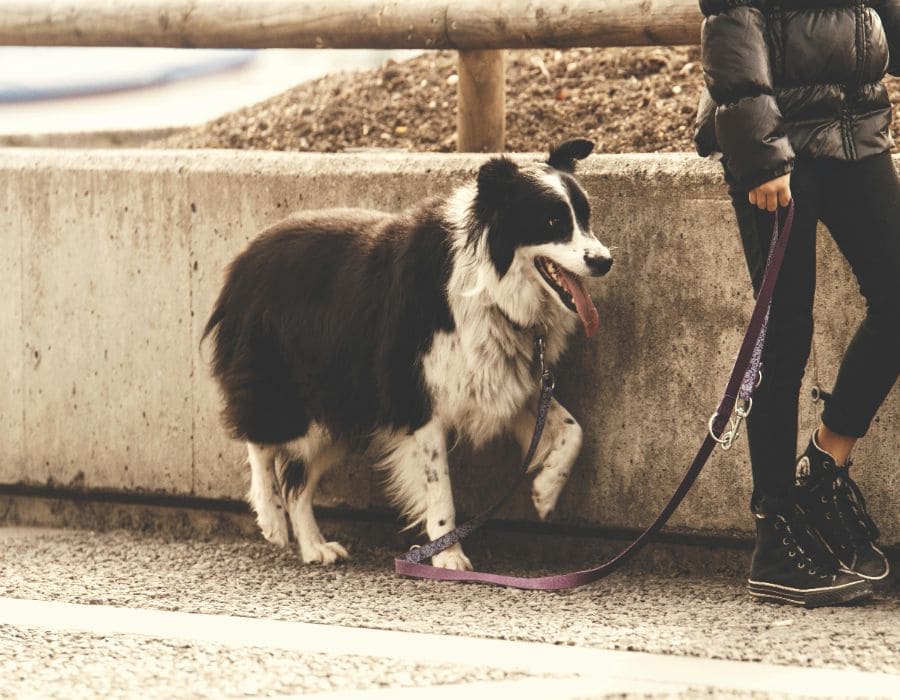
Dogs have their own rules about personal space. Some get right up in everyone’s business, while others maintain a respectful distance. Watch how they position themselves relative to their humans and other dogs – it’s like a constantly shifting dance of social relationships and boundaries.
10. The Invisible Language of Scent
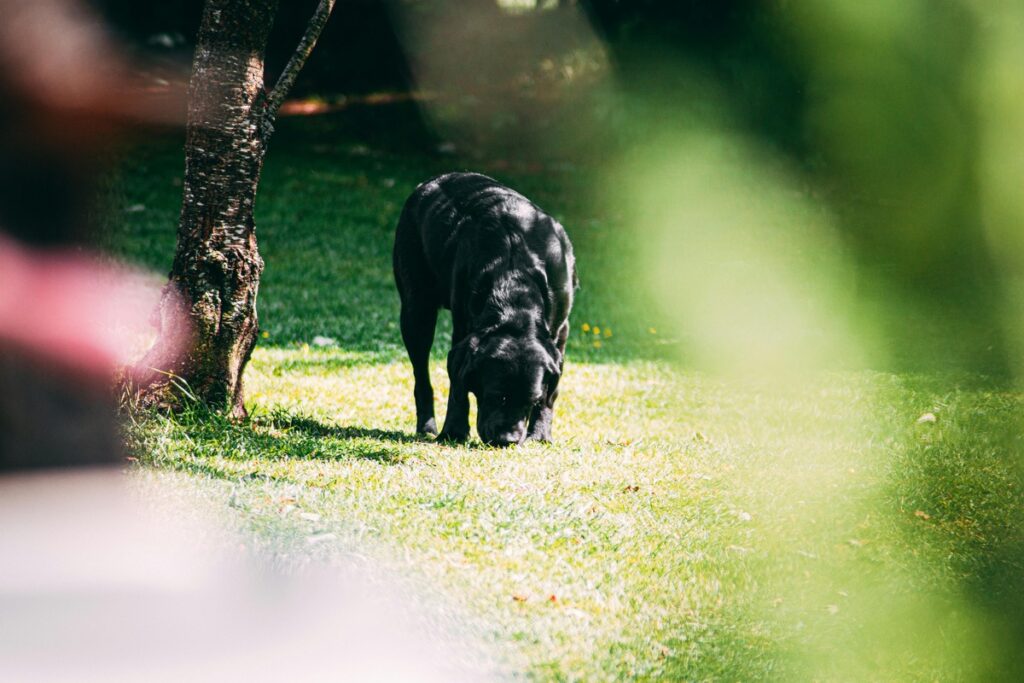
While humans can’t see or smell most of it, dogs communicate volumes through scent marking. Every sniff, every strategic marking spot, even the way they position themselves while marking – it’s all part of a sophisticated chemical communication system that humans are only beginning to understand.
11. Sleep Positions Speak

Even zonked out, dogs are sending messages. A dog sleeping belly-up isn’t just being cute – they’re showing complete trust in their environment. Curled up tight? Seeking security. Sprawled out? Totally at ease. Their sleep positions are basically status updates about their comfort and confidence levels.
Understanding these silent signals transforms the human-canine relationship. It’s like learning to read a new language – one written in tail wags, ear positions, and facial expressions. As science continues unraveling the complexities of canine communication, one thing becomes crystal clear: dogs have been trying to tell us so much more than we realized. Maybe it’s time to stop listening with our ears and start watching with our eyes.



